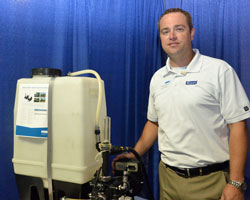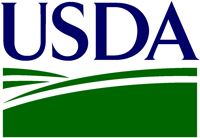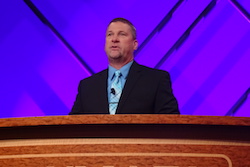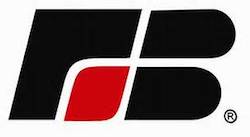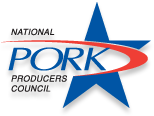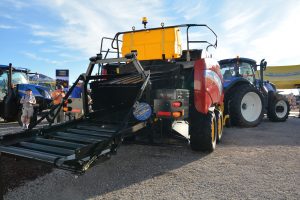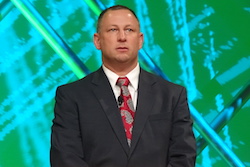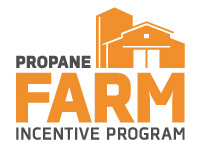 After five years of applied research through the Propane Farm Incentive Program, the Propane Education & Research Council (PERC) has some good data to back up the benefits for farmers switching to propane equipment in higher performance, improved efficiency, and significant cost savings. Over 400 producers from 32 states have participated in PERC’s incentive program over the last five years.
After five years of applied research through the Propane Farm Incentive Program, the Propane Education & Research Council (PERC) has some good data to back up the benefits for farmers switching to propane equipment in higher performance, improved efficiency, and significant cost savings. Over 400 producers from 32 states have participated in PERC’s incentive program over the last five years.
Since 2011, the Propane Farm Incentive has offered program participants a financial incentive in exchange for real-world performance data and experience testing the performance of new propane equipment, including irrigation engines, grain dryers, flame weed control systems, premium generators, and agricultural heating systems.
“Over the years, the Propane Farm Incentive Program has become an extremely valuable asset for evaluating the productivity and efficiency of new propane equipment,” said Cinch Munson, PERC’s director of agriculture business development. “There’s no substitution to the value of real-world data from farmers using the equipment firsthand to power their own farms. In today’s farm economy, propane-powered equipment has proven to be a good option for producers who are looking to improve their bottom line by using top quality equipment that saves them money.”
Munson was at the recent Farm Progress show checking out the propane-powered equipment on hand and he stopped by for an interview about the incentive program and what’s new in propane. Interview with Cinch Munson, PERC




